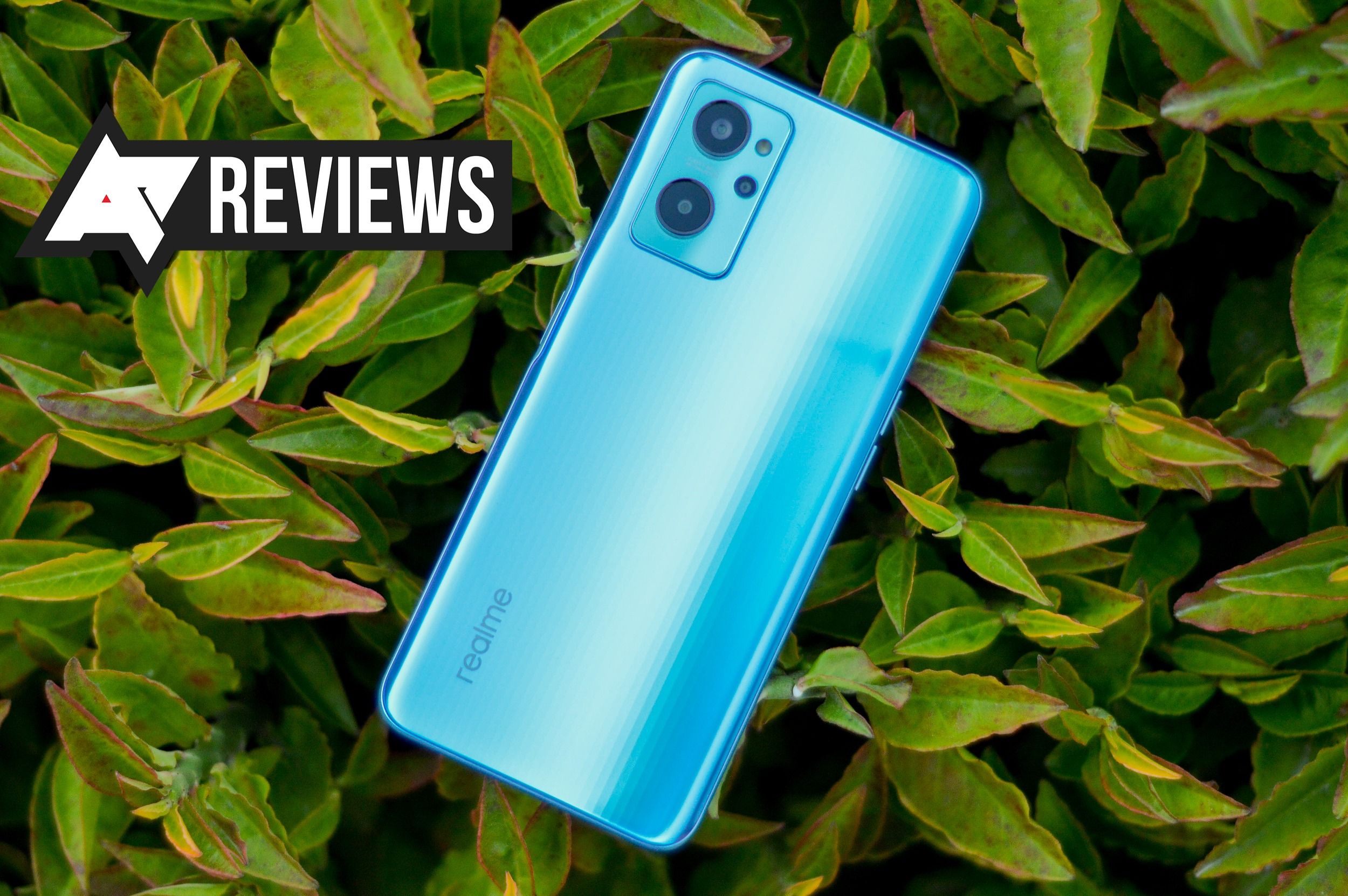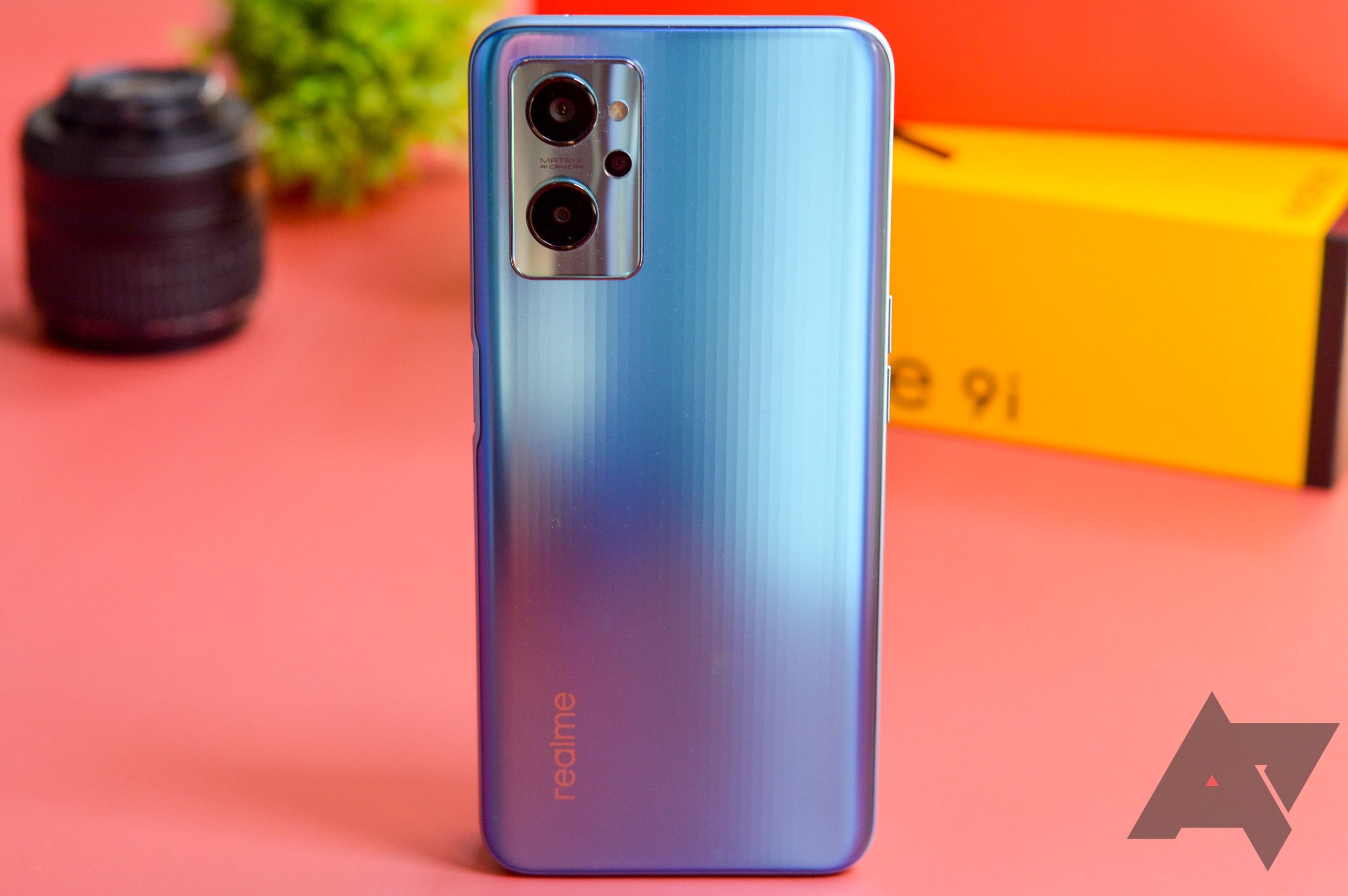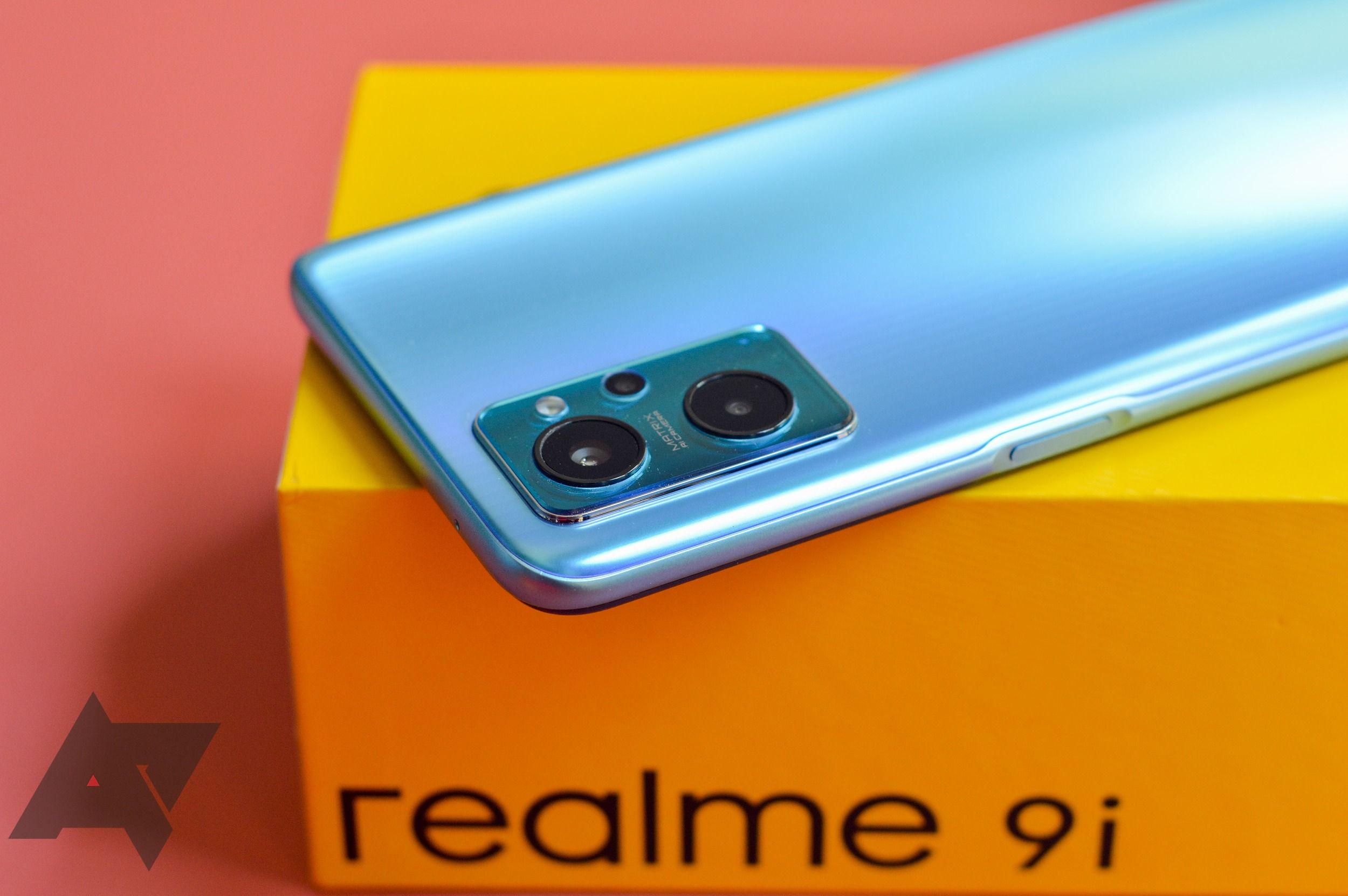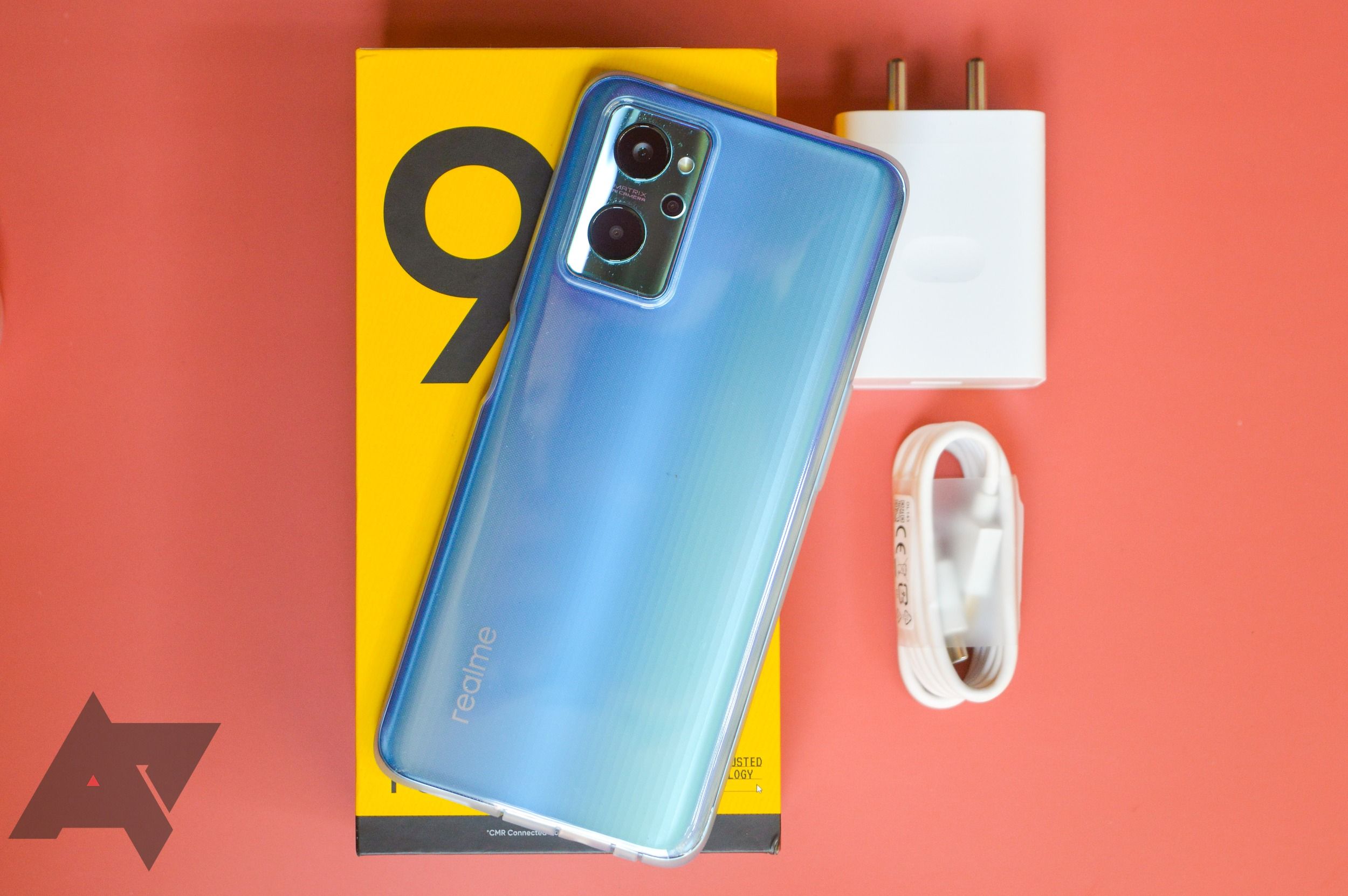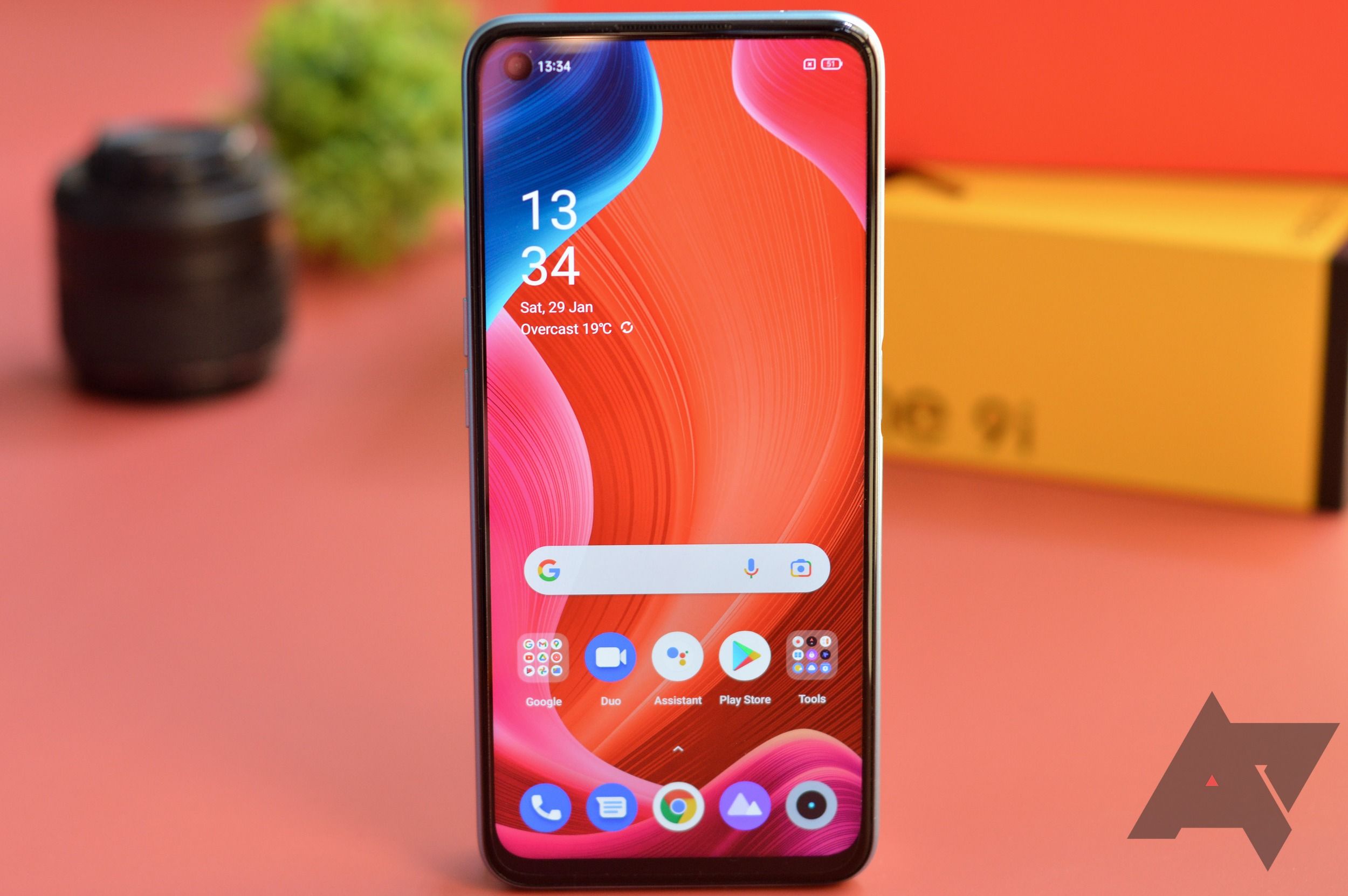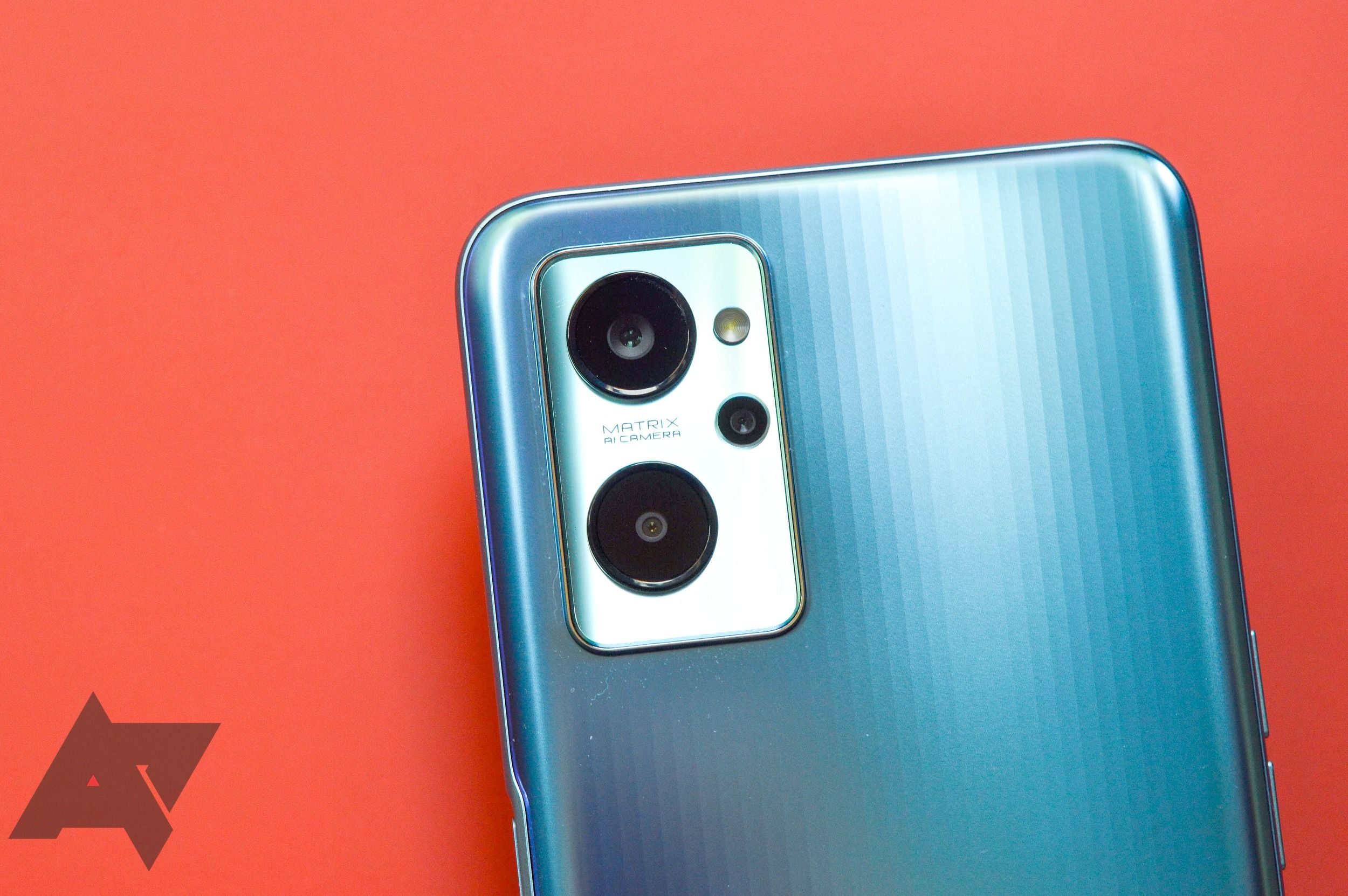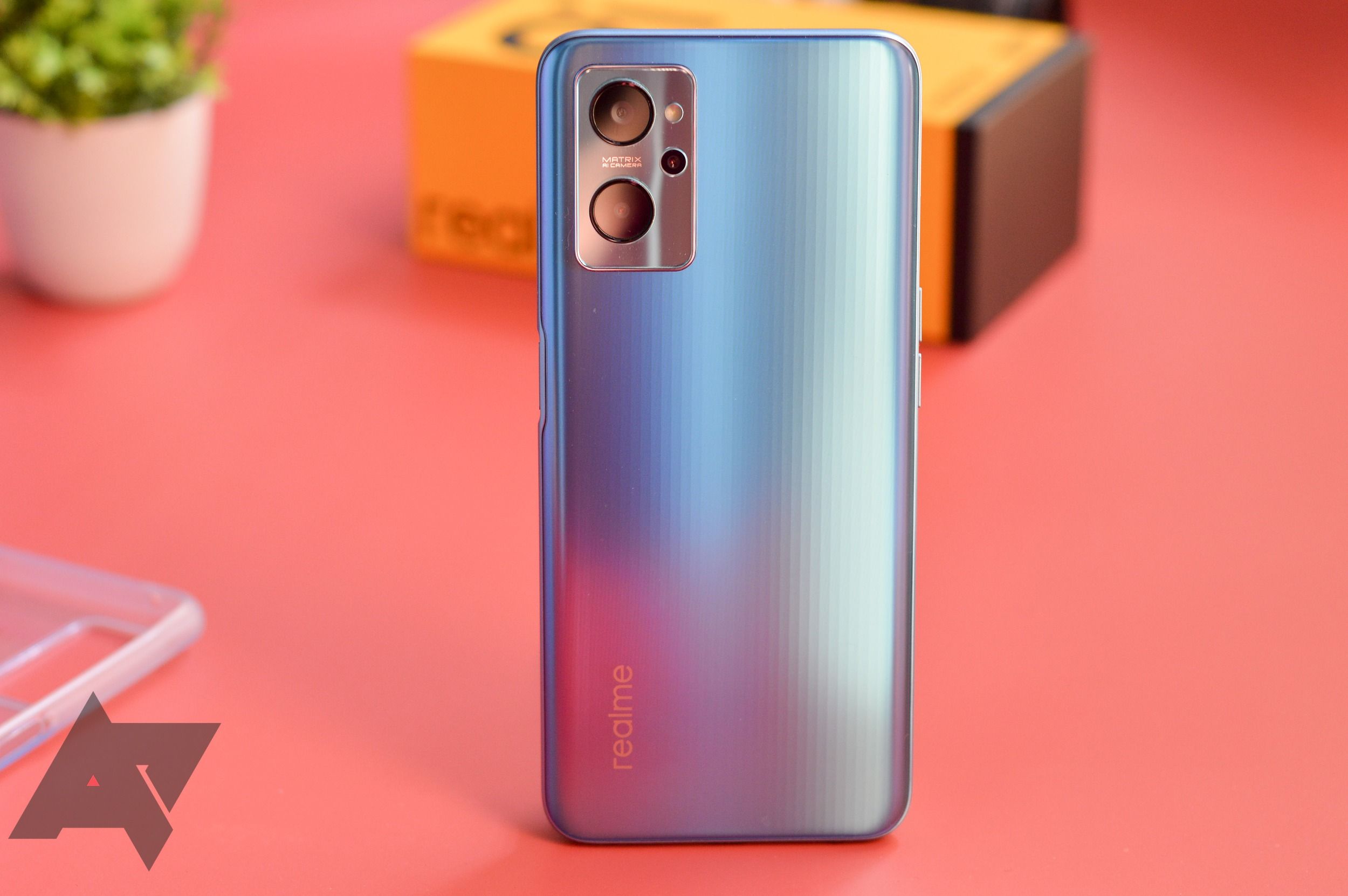If you’re looking for a budget phone in India, Redmi and Realme are probably at the top of your list. With the new Realme 9i, the Oppo sub-brand is supplanting the 8i launched only a couple of months ago, offering some extra features like a faster charging speed without hiking the price. But at the same time, the 9i also makes a few compromises that leave it at a disadvantage compared to more well-rounded phones from the competition.
Realme 9i
The Realme 9i is a capable phone, but the unsatisfactory camera performance and bloatware hold it back.
- Brand: Realme
- SoC: Snapdragon 680
- Display: 6.6-inch, 2412x1080, 90Hz, 480 nits, Dragon Trail Pro
- RAM: 4GB/6GB LPDDR4X
- Storage: 64GB/128GB UFS 2.2, expandable (dedicated slot)
- Battery: 5000mAh, 33W charging
- Ports: USB-C, 3.5mm audio jack
- Operating System: Realme UI 2.0 with Android 11
- Front camera: 16MP f/2.1
- Rear cameras: 50MP f/1.8 1080p (main); 2MP (monochrome); 2MP (macro)
- Connectivity: 4G, Wi-Fi, Bluetooth 5.0
- Others: Stereo speakers
- Dimensions: 164.4 x 75.7 x 8.4mm
- Colors: Black, blue
- Weight: 190g
- Price: Starting ₹13,999 (~$190)
- The screen has good colors for an LCD.
- Loud and clear stereo speakers.
- Quick and accurate fingerprint reader.
- Great battery life and charging speed.
- Good performance with no heating.
- The display isn’t bright enough.
- 90Hz refresh rate is a downgrade from the 8i.
- Realme UI is loaded with bloatware.
- The rear camera isn’t up to the mark.
Design, hardware, what’s in the box
Realme has a history of bold, in-your-face designs for its affordable phones, but the 9i thankfully hasn’t gone down the same route. The blue variant gets a striped back with a matte coating, which is good to touch but sadly doesn’t completely keep fingerprints at bay. Both the back and the frame are made of plastic, helping the phone keep its weight in check despite having a hefty battery.
The 9i has a typical corner hole-punch selfie camera and a slightly thick bottom bezel. Its LCD has been downgraded to a 90Hz refresh rate (from 120Hz on the 8i), but that difference isn’t all that noticeable in the real world. You still get a variable refresh rate, allowing the screen to dial down to as low as 30Hz to save power. The LCD panel has good colors and can even compete with an OLED (except for the deep blacks). However, the low brightness leaves a lot to be desired and makes it difficult to watch darker scenes in videos.
Complementing the screen is a pair of stereo speakers. They’re loud and clear but start sounding shrill at max volume, which is common for a phone of this price range. Its power-key mounted fingerprint reader isn’t an ideal position for me personally, but the sensor is nevertheless quick and needs just a slight tap to unlock the phone (with the option to adjust its sensitivity). The phone gets a dedicated microSD card slot and even a headphone jack — both of which are rare these days.
The Realme 9i ships with a chunky 33W adapter, a USB-A to USB-C cable, and a clear case inside the box.
Software, performance, and battery life
Realme UI may seem close to stock Android initially, given how the home page and the app drawer are laid out, but there’s plenty of jank below the surface. The version on the Realme 9i comes packed with bloatware (most of it is uninstallable), and the home screen app groups push it further by showing ads for even more bloatware. Then there’s the Glance app that pops up on the lock screen pushing you to turn it on every once in a while, despite being disabled in settings.
The default animation speed make the 9i feel slower than it actually is, but you have the option to speed things up. With some tuning, the phone feels smooth even with some heavy apps running in the background, barring a couple of frame drops here and there. Aside from all the excess apps, Realme UI also gets you a bunch of utility (or gimmicky) features, like uninstalling apps in batches, an app search gesture, and the ability to broadcast audio to wired and wireless headphones simultaneously. We would’ve liked to see Android 12 out of the box, but Realme proactively bumped the phone to the January security level after shipping it with the December patch — something you don’t usually see on budget devices.
Realme often touts its RAM expansion tool that can “borrow” up to 5GB of memory from the phone’s storage. I found that the RAM management on my 6GB RAM variant was pretty good without the feature turned on. This virtual RAM does help a bit in some instances, but it’s not a substitute for just buying a phone with more RAM.
In line with the memory management, the performance on the 9i is also better than what I expected. The phone is fantastic for your regular social media and streaming apps and is no slouch for gaming, either. It handled games like Asphalt 9 and Call of Duty without breaking a sweat. Of course, you can’t expect flagship-level visuals, but the experience is quite good. However, you should be aware that the Snapdragon 680 used here isn’t an upgrade from the 678 used on the Redmi Note 10 (blame Qualcomm’s naming scheme for this), as it uses older Cortex A73 and A53 cores (versus A76 and A56 on the latter) along with a previous-gen Adreno 610 GPU. Even the Helio G96 processor on the Realme 8i uses the newer Cortex A76 cores.
As for the battery life, the phone gets a 5000mAh cell that can easily get you through a day with 7+ hours of screen on time. If you don’t game on your phone, the 9i could easily be a 1.5-day phone with heavy use. Realme also includes a fast 33W charger in the box. It juices up the battery from 10% to full in a little over an hour and can get you close to 60% in 30 minutes, which should be good for a day of light to medium use.
Cameras
The so-called triple rear camera setup comprises the primary 50MP sensor aided by two 2MP sensors, one monochrome and the other macro. Despite a high-res main camera producing binned 12.5MP shots, the phone blurs fine details too dramatically even in broad daylight. In low light, the phone struggles to focus and shoots up the ISO way too high to get usable shots, but they end up looking over-brightened and grainy on many occasions.
On the bright side (no pun intended), the 9i has an excellent dynamic range — one of the best I’ve seen in this segment — and it even gets the colors and white balance right in all lighting conditions. The b/w sensor is only used when taking portrait shots to get a fake bokeh even with non-human subjects, but it's not even good at that. It often messes up the edges, especially when the lighting isn't adequate. So, that's three sensors, only one of which is useful, and it's not even very reliable.
Should you buy it?
Sure, if you’re in the market for a budget phone. The Realme 9i does offer good performance and battery life but, unfortunately, fails to deliver on the camera and display brightness fronts, both of which are key areas that cannot be brushed aside. Oh, and the camera. It's a problem. Most affordable phones these days take good daylight shots from their primary cameras, but the 9i has a hard time preserving the details even in ample light.
If the camera isn’t a priority, you can consider the Realme 9i at ₹16,000 (~$215) for the 6+128GB variant. For everyone else, you’d be better off with phones like the similarly priced Redmi Note 10 (or 10S) from last year, even though its follow-up is just around the corner. You can even look at its Pro sibling if you’re open to expanding your budget slightly. Even the newly launched Moto G71 5G is a more capable phone, though it costs a little more.
Buy it if...
- Having an all-day battery life is a must.
- The performance has to be fantastic for everyday apps.
Don’t buy it if...
- You mostly use the phone outdoors.
- You want more than a decent camera phone.
- You don’t mind spending a little more on a better phone.

